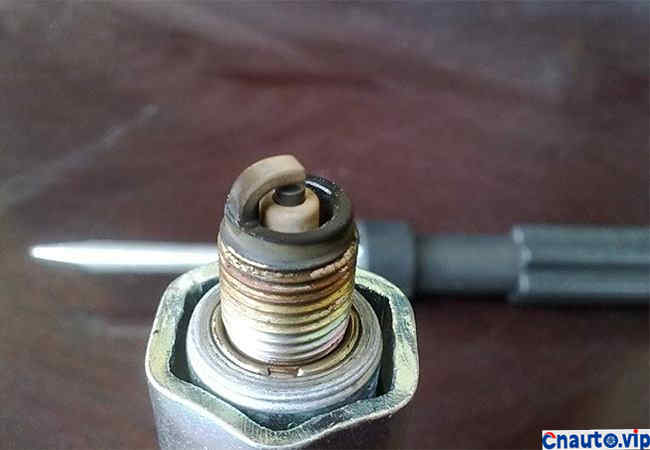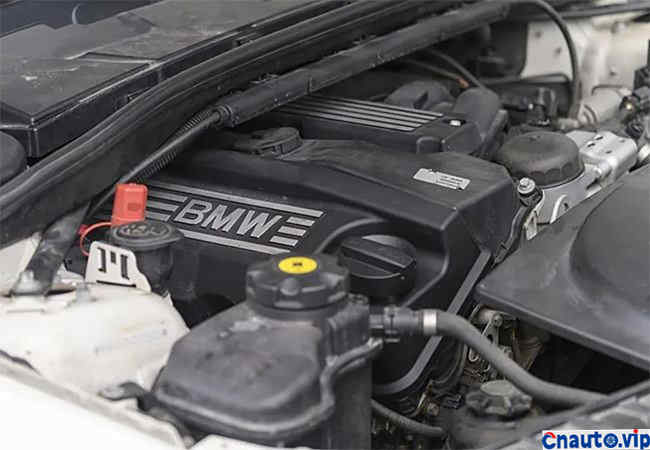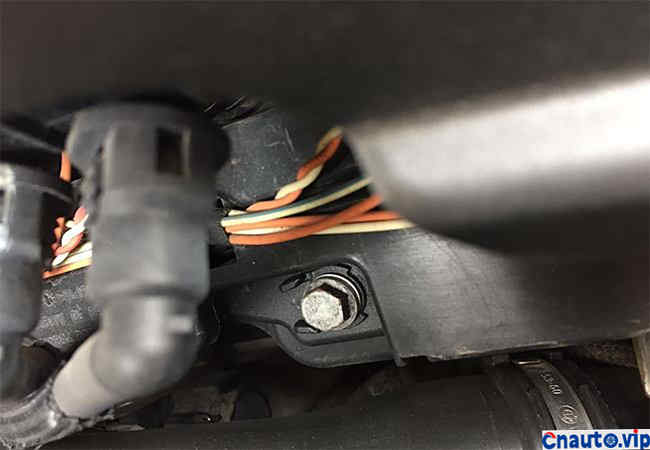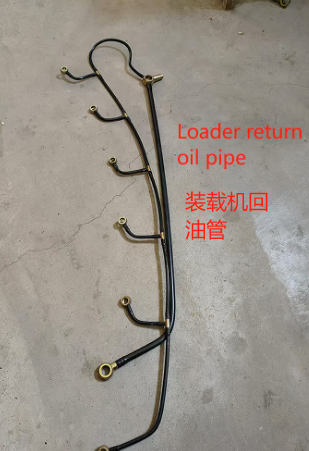2008 BMW 523 engine intermittent jitter-oscilloscope measurement of ignition coil
Model: E60, equipped with N52 engine.
Mileage: 93669km.
VIN:LBNU39038SB × × ×.
Mileage: 93669km.
VIN:LBNU39038SB × × ×.

Failure phenomenon: the customer reflects the vehicle engine jitter. After picking up the car, the workshop maintenance technician tested the car to confirm the idle jitter fault of the vehicle engine. Turn on the air conditioner, gear and turn on the steering wheel to the end, after the vehicle is hot, you can feel the intermittent shaking of the engine.

Fault diagnosis: use the original BMW factory diagnosis system I STA to read the fault code, DME has “2A87 DME exhaust VANOS, mechanical mechanism” and other fault codes.

Check the VANOS position (camshaft position) at idle speed, the intake VANOS position is 85 °and the exhaust VANOS position is-115 °, which meets the standard. Delete the fault code, reread the fault code, and there is no VANOS failure stored again. However, the engine jitter still exists, indicating that the engine jitter has nothing to do with the VANOS fault code. The customer only needs to deal with engine jitter, so ignore the VANOS fault. When the spark plug is removed and checked, it is found that the spark plug electrode has been flattened and the spark plug gap is very large.

Check the car’s maintenance history, the car has been driving 90000km, but has never replaced the spark plug. It is recommended that the customer replace the spark plug and replace it with a new set of spark plugs with the consent of the customer, and the test failure remains the same. Check that the low pressure of gasoline is 500kPa, normal; check that the quality of gasoline is normal; check that the crankcase ventilation valve is normal.

Engine intermittent jitter is suspected to be poor combustion of the engine. Check the waveform of the primary coil of the ignition coil. Measuring the secondary waveform of ignition requires kilovolt clamps as well as high-voltage line converters. At present, each cylinder of the engine has an independent ignition coil, so it is very difficult to measure the secondary ignition waveform. The ignition coil is generally controlled by the negative pole of the engine control unit: the relay supplies power to the ignition coil and the engine control unit controls the negative electrode grounding of the ignition coil. So the primary wave can be measured directly by measuring the ignition waveform. In this way, we can judge whether the ignition coil controlled by the engine control unit is normal. Through the mutual inductance of the secondary and primary coils of the ignition coil, we can see the spark plug ignition voltage, combustion voltage, arc suppression vibration of the ignition coil and other information. Call up the circuit diagram of the engine ignition primary ignition in the BMW detection system. By measuring the primary waveform of each ignition coil, it is found that the combustion line is unstable and the spark plug has no arc oscillation. The normal DME magnetized the ignition coil about 2.2~2.5ms, the ignition starting voltage measured at the primary coil is generally more than 60V, and the combustion time is generally about 2ms. After the spark plug extinguishes the arc, the ignition coil oscillates at least 3 times (if the vibration is not enough, it is possible that the secondary coil has not enough energy, it is possible that the turn-to-turn short circuit of the secondary coil is enough) after replacing the damaged ignition coil, the engine jitter fault is eliminated, and the ignition waveform returns to the normal waveform. The secondary resistance of the replaced ignition coil is measured with a multimeter, and the resistance of 4 and 2 places of the ignition coil is measured. The results show that the resistance of the faulty ignition coil is about 20k Ω, and that of the normal ignition coil is about 80k Ω. After the fault ignition coil is cooled, the resistance becomes

Fault maintenance: replace spark plug and ignition coil. A week after the delivery of the car to the customer, return to the customer to confirm that the fault has been eliminated. Fault summary: spark plugs need to be replaced in strict accordance with the manufacturer’s requirements. If the spark plug is not replaced in time, the ignition gap becomes larger, which will cause the spark plug ignition voltage to be too high and impact the secondary coil of the ignition coil. In the case of high heat of the hot car, the turn-to-turn short circuit of the secondary coil of the ignition coil leads to the lack of ignition energy and causes the engine to jitter under high load. When measuring the rod ignition coil, the side terminal of the spark plug is difficult to measure, so it is measured by connecting the extended wire. In this way, in the absence of an oscilloscope, whether there is a turn-to-turn short circuit in the ignition coil secondary can be measured by a multimeter.
Hot Information
Tesla Autopilot and similar automated driving systems get ‘poor’ rating from prominent safety group
 April 1, 2024
April 1, 2024 Localization of EV parts without production scalability may not help cut EV price, says President, Amara Raja
 March 27, 2024
March 27, 2024 
JCTSL may turn bus stands into charging points for e-buses
 March 27, 2024
March 27, 2024 You May Like











